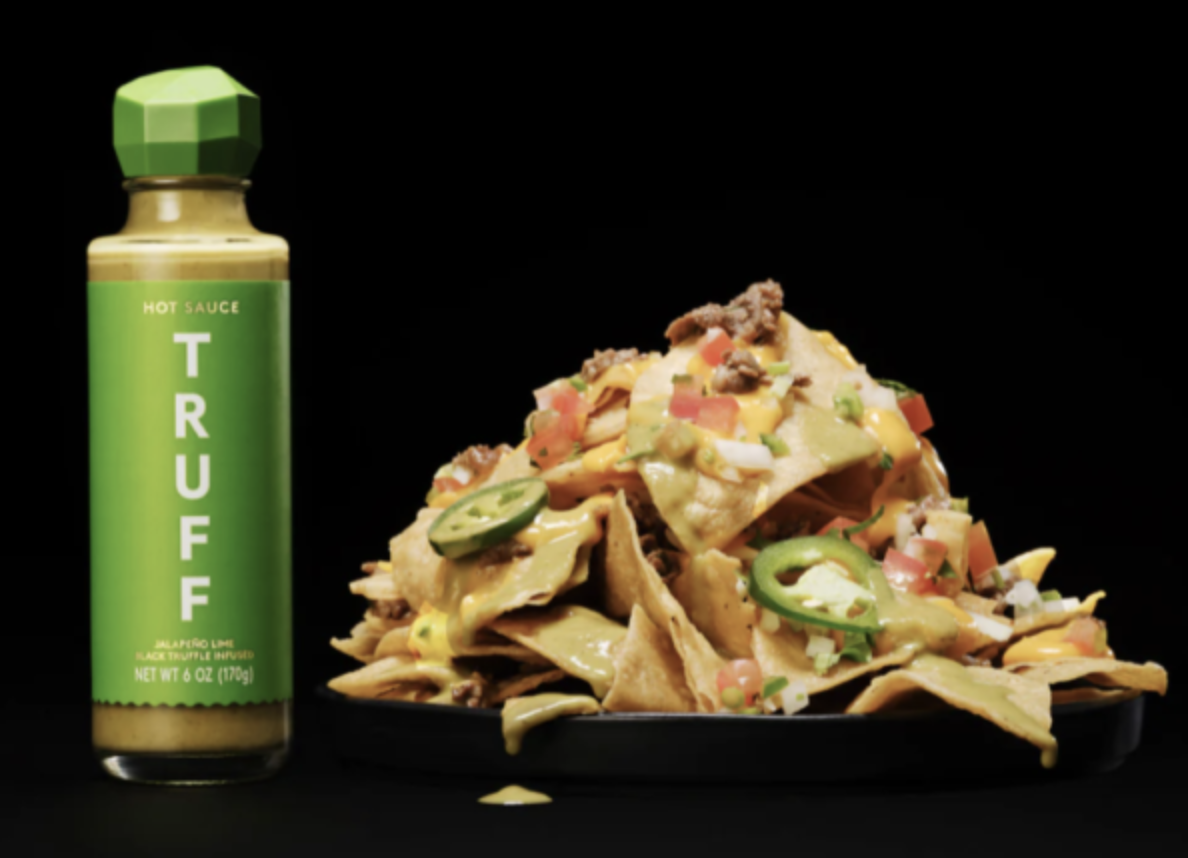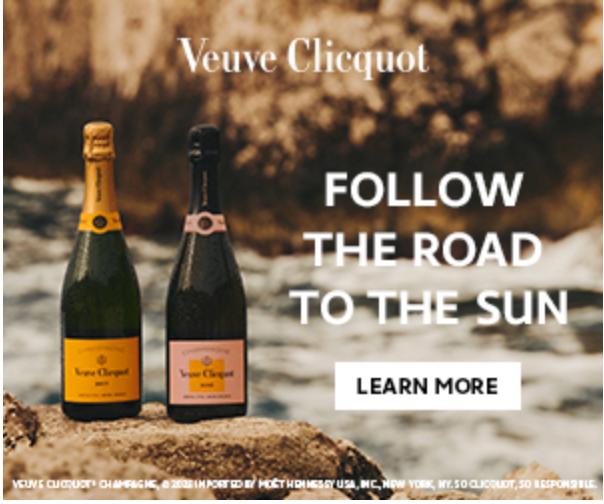Fiery yet Refreshing! Truff Expands their Hot Sauces with Jalapeño Lime Hot Sauce
Truff expands hot sauce with Truff Jalapeño Lime Hot Sauce
TRUFF, the truffle brand known for reimagining and elevating pantry staples, releases TRUFF Jalapeño Lime Hot Sauce, its newest hot sauce variation.

This vibrant green sauce boasts an entirely new flavor profile – and color – from the brand’s line of luxurious hot sauces.
It offers a harmonious blend of fiery green jalapeño peppers and refreshing lime with TRUFF’s namesake ingredient, the black winter truffle.
“Our goal with TRUFF has always been to create products
so unique that they offer a flavor experience like no other,”
Nick Ajluni
Co-Founder and Co-CEO at TRUFF
“This time, we are taking inspiration from the rich, vibrant, and colorful culture of Latin cuisine to create a flavor profile that has yet to be explored.”

TRUFF has brought truffle-infused products to a broad consumer base through its premium condiments line spanning hot sauce, pasta sauce, mayonnaise, oil and salt. TRUFF’s hero product, its hot sauce, is a leading seller in the natural channel and the fastest-growing hot sauce in conventional grocery.
The new Jalapeño Lime Hot Sauce is the brand’s latest addition on its quest to offer unparalleled flavor experiences.
“We dove deep into Latin cuisine, indulging in endless tacos, ceviches, aguachiles and chilaquiles. We noticed that two ingredients – green jalapeño and lime – were commonly used to complement and enhance dishes,” says Nick Guillen, Co-Founder and Co-CEO at TRUFF.

“We pursued these bold flavors and the result is a sauce that is both elevated and celebratory in nature. Whether drizzled over dishes from your local taco truck or added to a Michelin-starred culinary creation, the TRUFF Jalapeño Lime Hot Sauce is designed to elevate any meal.”
TRUFF’s new Jalapeño Lime Hot Sauce will be available in 6-ounce bottles topped with TRUFF’s distinctive truffle-inspired cap in a captivating green. It will launch exclusively at Whole Foods Market this January and will be available online at TRUFF.com starting January 11, 2024.
TRUFF has experienced groundbreaking company growth since its launch in 2017. The brand’s distinctive flavor, high-quality ingredients, new product innovation, and social following have helped it build a significant base of loyal consumers, an impressive list of collaborators, and accolades.
The brand’s latest partnerships include launches with Popeyes Louisiana Kitchen and The Super Mario Brothers Movie. In November of 2023, it was announced that SKYY Partners— Jay Sammons and Kim Kardashian’s private equity firm focused on high-growth, market-leading consumer brands — had acquired a significant minority stake in TRUFF.

For more information please visit TRUFF.com or @sauce on Instagram.
TRUFF’s lineup of luxury pantry staples is designed to elevate the dining experience.
TRUFF’s lineup of luxury pantry staples is designed to elevate the dining experience. Originally founded through a popular food and lifestyle Instagram blog called @sauce, TRUFF immediately propelled into social media virality with the release of its hot sauce in 2017.
The brand quickly became the fastest growing company in the hot sauce space due to its distinctive flavor profile, pristine bottle, Truffle Inspired cap, and of course the coveted Instagram account @sauce that makes tagging a no-brainer. Taking inspiration from the flagship black truffle experience, TRUFF has expanded its family of products to include other popular favorites like Pasta Sauce, Mayonnaise, Oil and Salt.
You can find TRUFF’s variety of products in stores nationwide and around the world in the UK, Australia, Kuwait, and South Korea. TRUFF is gluten-free and non-GMO. Visit www.TRUFF.com for more information and recipes.





[…] […]
[…] […]
Heck yes! Love seeing Truff get more love. Some of the best stuff out there.